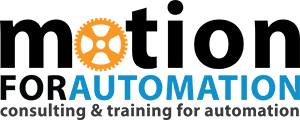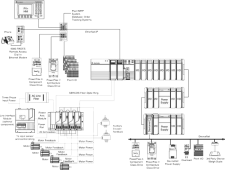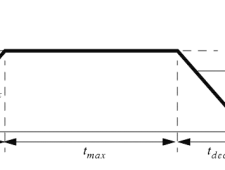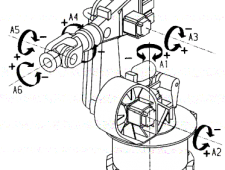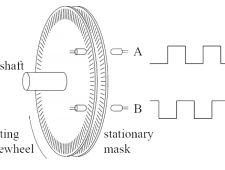Basics of Mechatronics Seminar Course Description
A unique program that combines the basic electrical and mechanical elements of motion control used in automation systems from both a top down and bottom up perspective. All stakeholders with minimal experience in this field will benefit from this two day hands on seminar.
Key Elements of Training
System Overview; Power Transmission Elements; Stepper Motors; Servo Motors; Feedback devices; Drives/Amplifiers; Communications; Programming; Motion Profiles
Who Should Attend
Individuals involved in any aspects of motion control as it applies to automation, who have minimal experience with it and want to gain a better overall knowledge in the field to make them more effective in the workplace.
Why You Should Attend
- Design & Application Engineers (new to the field) – avoid costly design errors that come with a lack of overall experience, gain an appreciation for how all of the basic motion elements interact with each other, speed up the development process, be in a better position to specify the best components for the application.
- Technical Salespeople – become more comfortable promoting the motion products that you represent, become an asset to your customer in helping them specify motion related components, get a better appreciation for the basic specifications of the components you represent, gain confidence in your ability to understand applications on a system level, not just the component level.
- Maintenance Personnel, Engineering Technicians and Service Mechanics – learn what to focus on when troubleshooting motion systems.
- Managers & Supervisors – gain a better overall appreciation for motion systems and its individual elements, better understand the challenges faced by your reports.
Learn About
- basic motion design considerations on a system level
- inertia – What is it? How is it calculated? How does it impact a motion axis?
- differences and applications of servo motors vs stepper motors
- motion profiles and interpolated motion
- speed/torque curves
- feedback devices and how they are used
- capabilities of amplifiers and drives
- key communication interfaces
- motion controllers and basic programming
- considerations of various homing methods
- classic examples of motion control applications
On Site Training Option
- Gain the Specific Results that You are Looking to Achieve!
- Define the training required to meet your team’s specific needs
- Maximize Your Training Budget and Employee Utilization
- Contact Us by Phone or Email for a Discussion
